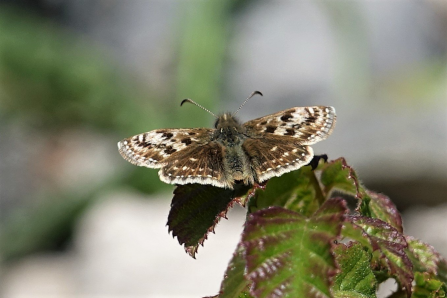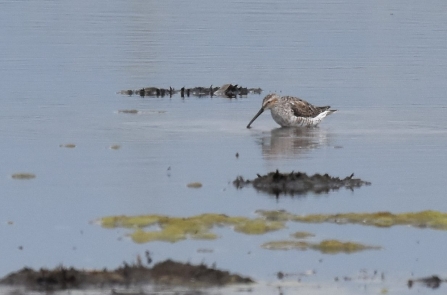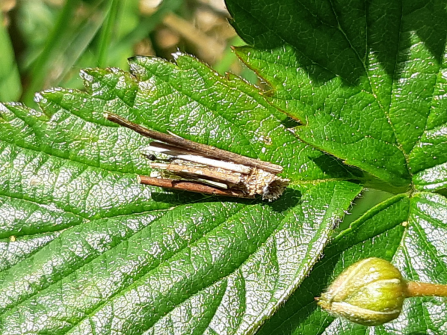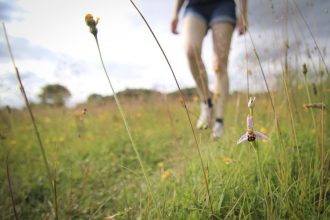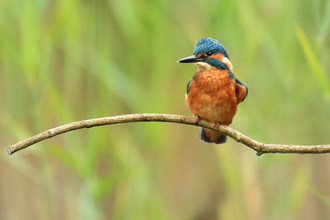Sandpipers, scoters, moths, butterflies and the beginnings of a baby boom, here are some of the latest wildlife sightings in our region.
Mere Sands Wood
The star of Mere Sands Wood in May was undoubtedly the cuckoo. First seen and heard by Mere End Lake at the start of the month, it became bolder and, one particular evening, showed well for staff outside the visitor centre. Here is what they had to say:
“Sometimes it pays to work late. There I was, cashing up, sorting out admin stuff, and a visitor comes knocking on the door to tell me there is a cuckoo just outside the Visitor Centre. We stood and watched her for about 15 minutes, flying around, landing and then surveying the reedbed from different vantage points. Twice she went down into the reeds – on the second occasion having a lively encounter with a coot. So we are expecting baby cuckoos on our doorstep.”


